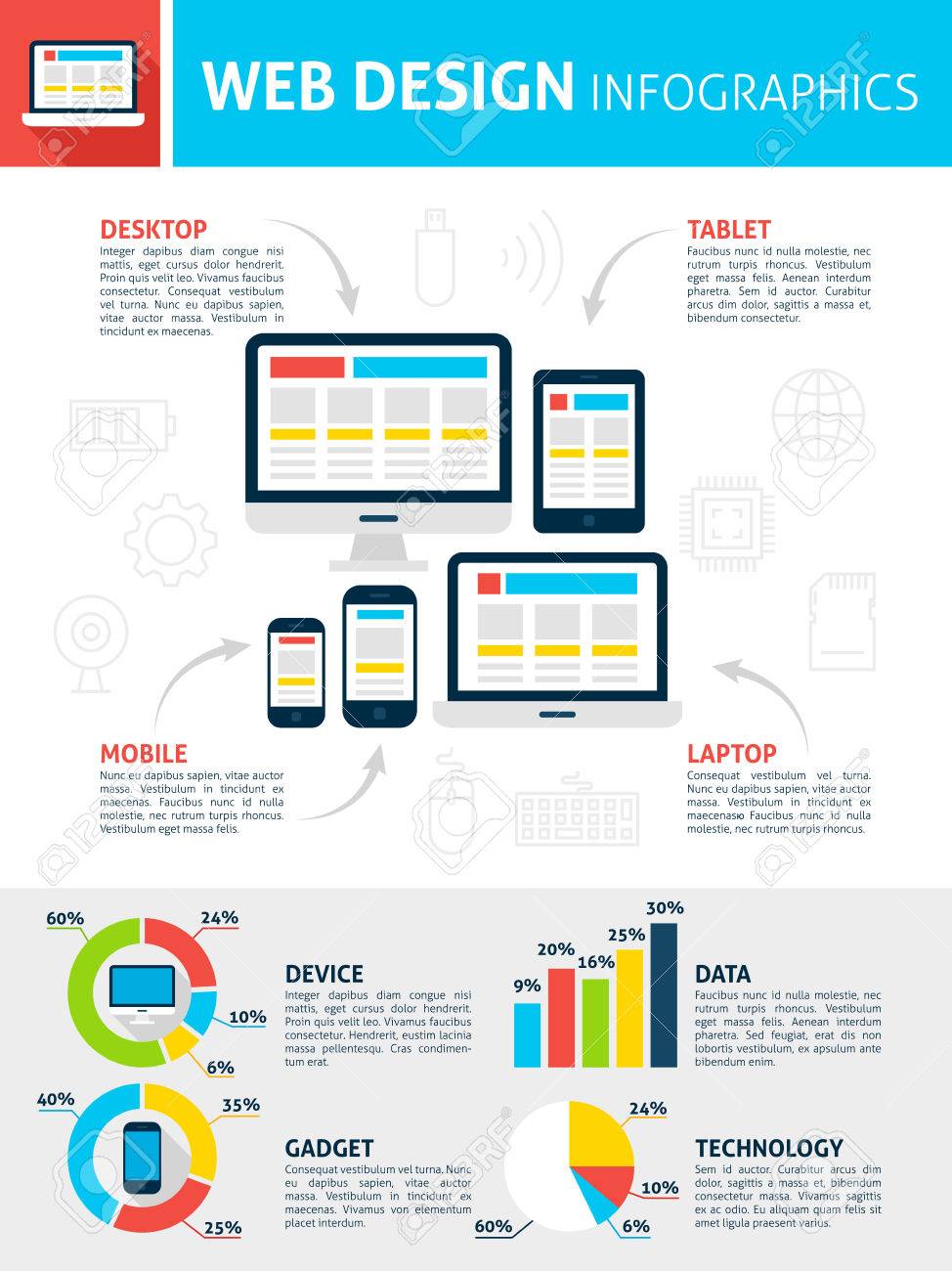In the past, websites were easy and concentrated on info. https://www.entrepreneur.com/article/400278 was straight, and layout was for desktop computers. Currently, user experience is essential. Data overviews layouts for simple navigation. Receptive layouts fit various tools. Today, dark mode lowers pressure, and minimalist menus improve navigation. Interactive functions engage individuals, and bold visuals attract attention. AI assimilation boosts interaction. See how style has evolved to boost your on the internet journey.
Early Days of Website Design
In the early days of website design, simplicity reigned supreme. Websites were standard, with restricted shades, typefaces, and layouts. The emphasis was on giving details instead of fancy visuals. Individuals accessed the internet with slow dial-up links, so speed and functionality were key.
Navigation food selections were straightforward, normally situated on top or side of the web page. Websites were created for computer, as mobile browsing wasn't yet common. Content was king, and designers focused on very easy readability over intricate design aspects.
HTML was the key coding language used, and designers had to work within its restraints. Computer animations and interactive attributes were minimal compared to today's criteria. Websites were fixed, with little dynamic web content or customized individual experiences.
Surge of User-Focused Design
With the development of website layout, a shift in the direction of user-focused design concepts has come to be increasingly popular. Today, creating internet sites that prioritize individual experience is vital for engaging visitors and attaining business objectives. User-focused layout involves understanding the demands, preferences, and actions of your target audience to tailor the site's layout, content, and includes appropriately.
Designers currently perform thorough research, such as user studies and use screening, to collect understandings and responses straight from users. This data-driven strategy aids in producing instinctive navigating, clear calls-to-action, and visually enticing interfaces that resonate with visitors. By putting the customer at the center of the design procedure, web sites can provide an extra tailored and pleasurable experience.
Responsive layout has actually likewise become a vital aspect of user-focused style, making certain that sites are maximized for various tools and display dimensions. This adaptability boosts ease of access and use, catering to the diverse methods individuals interact with websites today. Essentially, the surge of user-focused layout signifies a change towards producing digital experiences that prioritize the demands and expectations of completion user.
Modern Trends in Website Design
Discover the latest patterns forming website design today. One prominent pattern is dark setting design, providing a streamlined and contemporary appearance while lowering eye stress in low-light atmospheres. Another crucial fad is minimalist navigating, simplifying menus and boosting customer experience by focusing on essential elements. Integrating micro-interactions, such as computer animated switches or scrolling results, can develop a much more engaging and interactive internet site. Receptive design remains critical, making certain seamless user experiences across different tools. In addition, using vibrant typography and asymmetrical designs can add visual rate of interest and draw attention to certain material.
Integrating AI technology, like chatbots for consumer support or customized suggestions, boosts individual engagement and streamlines processes. Accessibility has additionally come to be a significant pattern, with designers prioritizing comprehensive layout methods to accommodate varied individual needs. Accepting sustainability by optimizing web site performance for speed and effectiveness is another arising pattern in web design. Working together with individual feedback and data analytics to repeat and enhance style continually is crucial for staying pertinent in the ever-evolving electronic landscape. By welcoming these modern trends, you can create an aesthetically appealing, easy to use web site that reverberates with your target market.
Conclusion
As you assess the evolution of website layout from the early days to now, you can see exactly how user-focused style has become the driving pressure behind contemporary fads.
Welcome the journey of modification and adaptation in website design, constantly keeping the user experience at the forefront.
Remain existing with the latest trends and technologies, and never stop developing your approach to produce aesthetically sensational and easy to use internet sites.
Develop, adapt, and develop - https://medium.com/@visualmodo/tech-innovations-that-could-shape-marketing-in-2022-and-beyond-7183bc5695c?source=topics_v2---------46-84--------------------37405449_6a98_454e_8774_36fdbcde7f67-------19 of website design remains in your hands.
